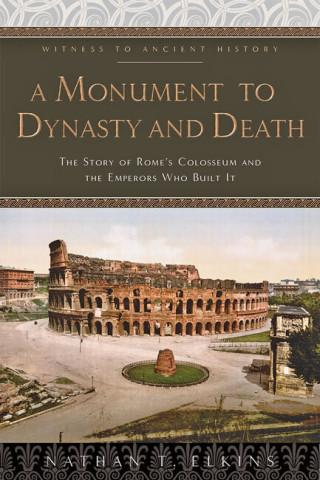
Reviews
Just clear facts, clearly told. It is, in other words, a delight.
Jerry Toner's excellent new book provides the historical context for Ridley Scott's emperor-gladiator... Toner's wry comments and personal observations make this book a pleasure to read.
Successful, and stimulating overview of a complex topic...
... his book succeeds in providing a succinct introduction to the Roman games for the general reader, and his discussion is also of interest for those more conversant with the topic
Jerry Toner is an ideal author to present this fascinating subject to a broad readership. He masterfully combines allure and accessibility as he incorporates up-to-date scholarship with cultural and sociopolitical sophistication. Drawing on his earlier works on leisure and Rome, Toner demolishes traditional one-dimensional assumptions about stereotypically mad, tyrannical emperors, bloodthirsty, sadistic mobs, doomed gladiators, and politically impotent masses. The Day Commodus Killed a Rhino credibly presents Commodus as a flawed but complex emperor faced with major challenges. This engaging, non-judgmental description of the Roman games seamlessly integrates sophisticated insights with clear examples and evidence. Readers will be amazed at the scale, sights, and wonders of the spectacles.
Book Details
Prologue
The Rhino Dies
I. Commodus's Great Games
II. When in Commodiana
III. An Emperor Loves His People
IV. Feeding the Monster
V. Win the Crowd
VI. How to Be a Roman
Epilogue: Fighting Back
Acknowledgments
N
Prologue
The Rhino Dies
I. Commodus's Great Games
II. When in Commodiana
III. An Emperor Loves His People
IV. Feeding the Monster
V. Win the Crowd
VI. How to Be a Roman
Epilogue: Fighting Back
Acknowledgments
Notes
Suggested Further Reading
Index





